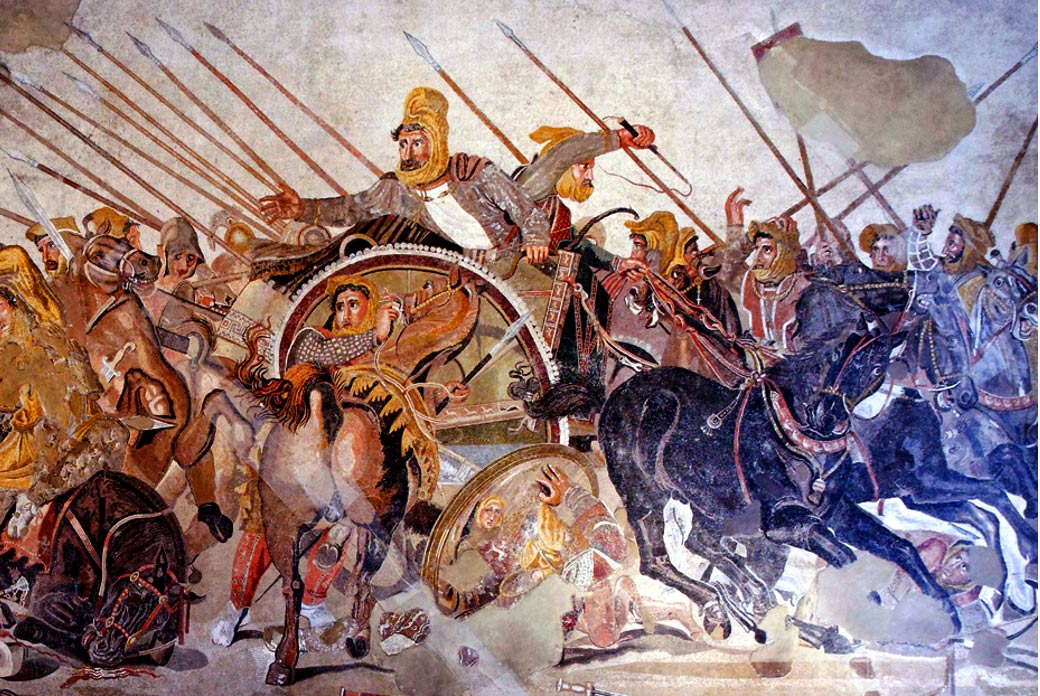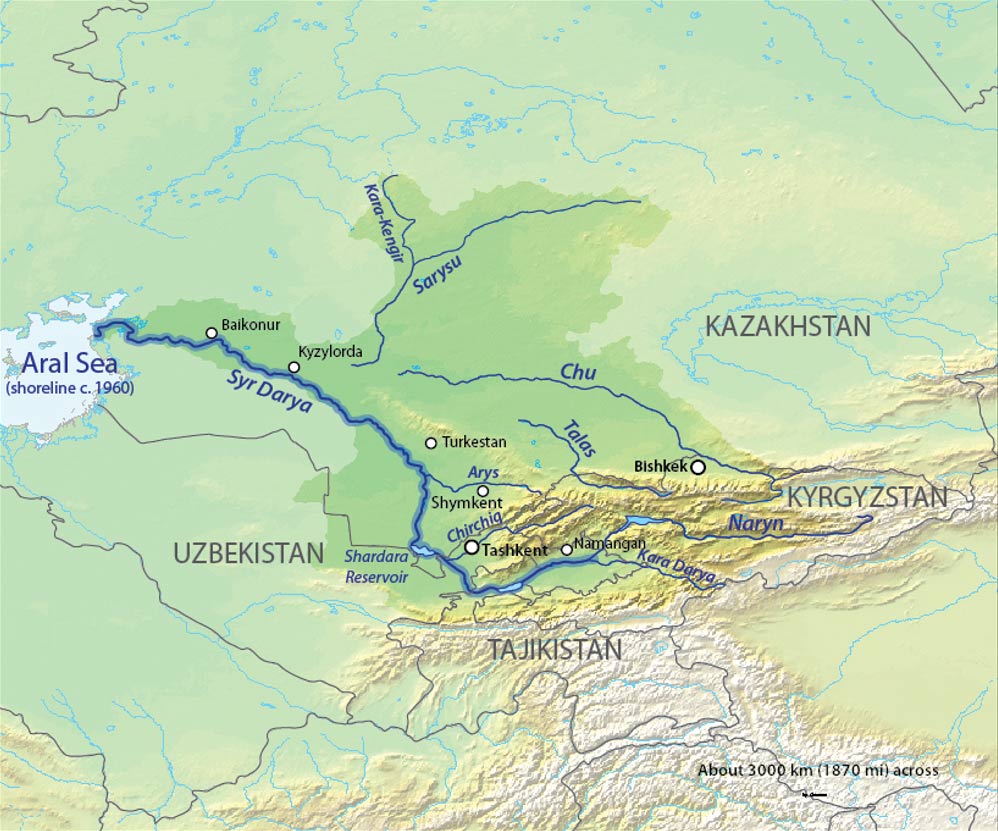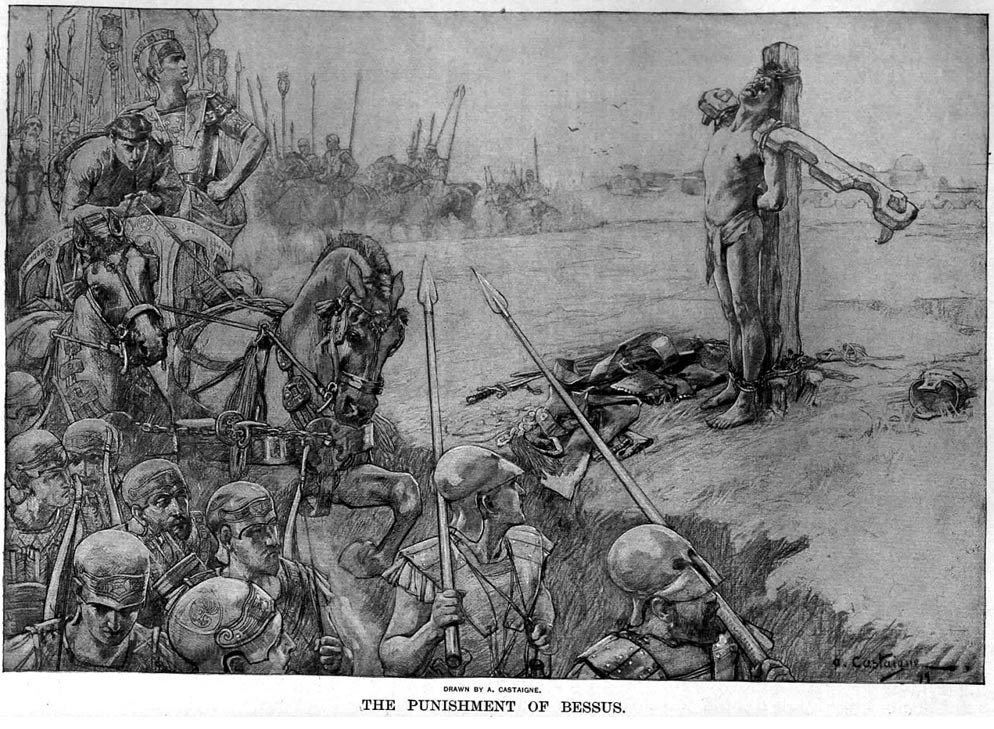
Alexander and the Scythians: The Great Hammer and Anvil of the Battle of Jaxartes, 329 BC
In what is said to be Alexander the Great’s most spectacular battle, the Macedonian master and his army tested their most daring tactics against the fierce Central-Asian mounted Scythian nomads on the banks of the Jaxartes River.
Before charging into the battle, a little geography would not hurt. The Jaxartes River, what is known today as the Syr Darya, originates in the Tian Shan Mountains in Kyrgyzstan and eastern Uzbekistan, and flows for 2,212 kilometers (1,374 miles) west and north-west through Uzbekistan and southern Kazakhstan to the remains of the Aral Sea.

Sunset over Sir-Darya river, Kazakhstan. In Ancient Greek river is called Yaxartes (Ἰαξάρτης). (Petar Milošević /CC BY-SA 3.0)

Map of the Syr Darya Basin watershed, of the Syr Darya and Chu Rivers in Central Asia. (CC BY-SA 4.0)
The battle of Jaxartes was a result of an earlier rebellion between the Scythians and the Macedonians.
A man named Spitamenes instigated the cause that would lead up to the battle. Spitamenes was famous for his capture of Bessus, in which he put him in chains and left him for Alexander, resulting in Spitamenes becoming the invisible tribal leader among the Sogdiana, an ancient civilization of Iranian people.

The Punishment of Bessus, by Andre Castaigne (Public Domain)




